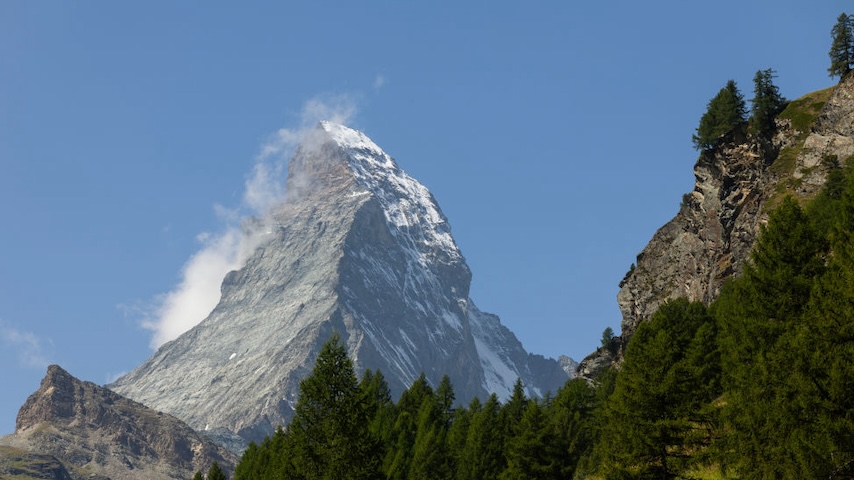What Are National Borders When the Land They Are Drawn On Melts?
Photo by Steve Christo/Corbis via Getty Images
It is by now an old saw that while climate change has the potential to wreak havoc on the things that live on it, the earth itself — meaning, the actual hunk of rock — will be just fine. That’s not to say, though, that the physical reality of the planet is immune from the consequences of our actions: we have evidence of melting ice sheets can very slightly change the length of a day, how a warming-induced tsunami caused a nine-day planetary “wobble,” and even how climate change can alter the paths that rivers take.
That last one is of particular relevance here, because rivers are often used as national or state borders — 23 percent of all international borders, actually. Warming’s ability to theoretically alter the physical reality underlying our geopolitical landscape adds another wrinkle to its generally destabilizing nature; internal and cross-border migration, compounding disasters leaving one country whole and another in pieces, famines stretching national relationships to the brink — and now we can’t trust the border lines we have spent centuries hashing out on the map.
It is not, of course, just rivers. In the shadow of one of the world’s most picturesque mountains, Italy and Switzerland are redrawing their border slightly thanks to another way climate change is altering our physical landscape: melting glaciers.
“Significant sections of the border are defined by the watershed or the ridge lines of glaciers, firn or perpetual snow,” the Swiss government said in a statement, according to Bloomberg BNN. “These formations are changing due to the melting of glaciers.”
If water flows in one direction off the top of the glacial ridges around the iconic Matterhorn, that, according to countries’ agreements, is Italy, and the point from which it flows in the other direction is Switzerland. Melt enough ice, and those flows will change, gravity pulling water without regard for the foibles of centuries-old human interaction. As such, those humans move the border as the glacier disappears.
The two countries have been discussing this issue for some time now; Switzerland formally approved the newly drawn border on Friday, and though Italy has yet to follow suit reporting suggests they will complete the move soon. The idea here is that each country will have a better handle on which specific spots it is responsible for in terms of the upkeep of natural resources — something of an irony, of course, when the change is wrought by the collective human failure of such upkeep.
From a broader geopolitical perspective, a border reshuffling between two friendly nations at their popular ski resorts is not exactly a global catastrophe. It is, though, a reminder that the changes taking place are not, figuratively speaking, skin deep. “The planet will be fine regardless of what we do” is true enough on a pedantic level, but we may yet leave behind a few scars.